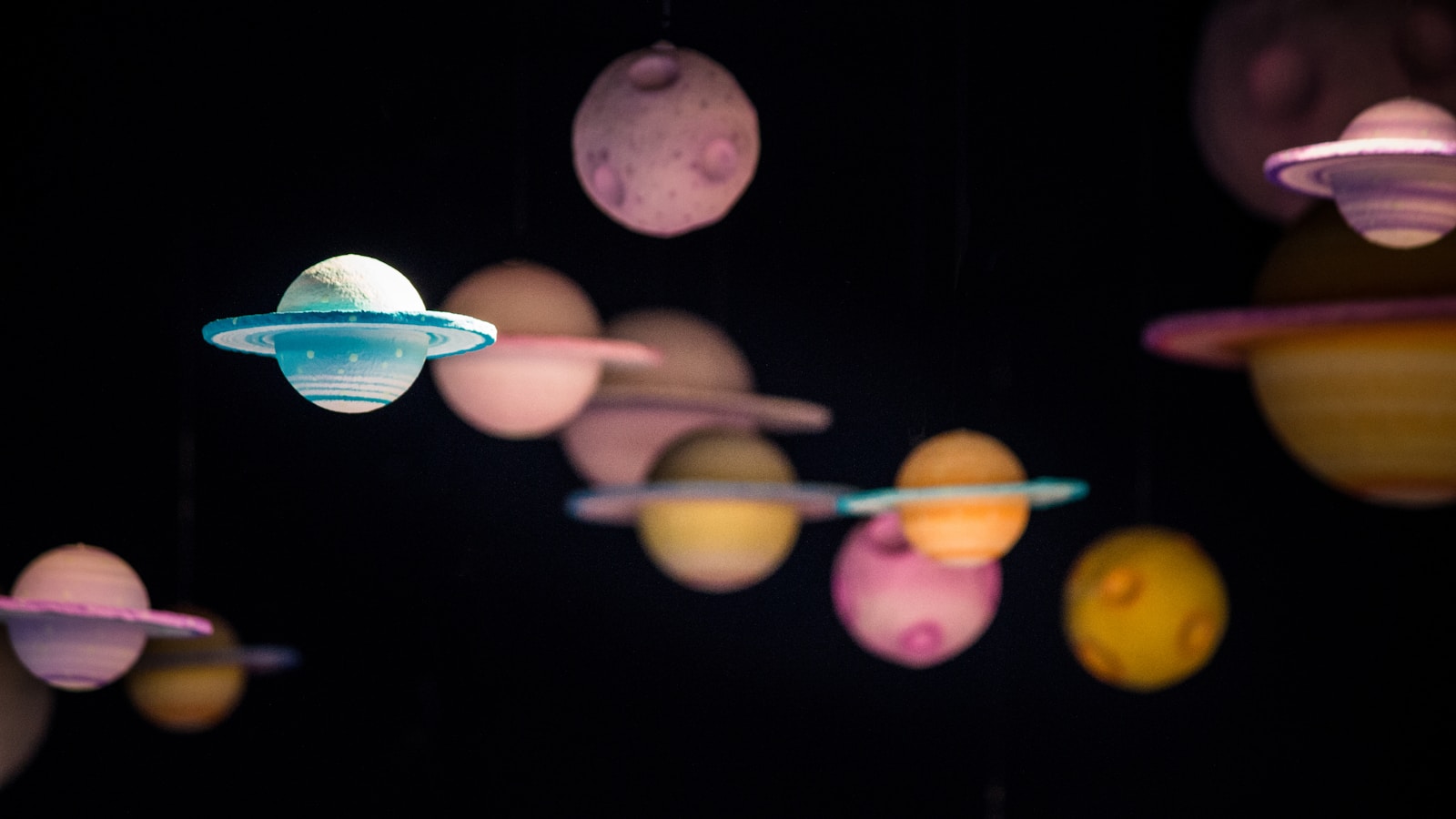Table of Contents
ToggleIntroduction
The night sky holds endless wonders, and January 2025 offers one of its most captivating spectacles: a rare planetary alignment. For astronomy enthusiasts and casual stargazers alike, this celestial event provides an incredible opportunity to see six planets—Mars, Jupiter, Venus, Saturn, Uranus, and Neptune—grace the sky simultaneously.
But what exactly does this alignment mean, and why is it so special? While such events occur periodically due to the orbital paths of planets, they never fail to inspire awe. This guide will help you make the most of this unique event, including tips on where, when, and how to see the alignment, and insights into what makes planetary alignments such a fascinating phenomenon.
What Is a Planetary Alignment?
Understanding the Ecliptic Plane
Planetary alignments happen because all the planets in our Solar System orbit on a similar plane called the ecliptic. This plane is the path the Sun traces across the sky during the day, and it governs the movement of the planets as they appear to line up in the night sky.
While the term “alignment” suggests a perfect line, the planets will actually form a rough arc along the ecliptic. This arc allows us to spot multiple planets at once, appearing clustered or stretched across the horizon.
How Often Do Alignments Occur?
Planetary alignments, or “parades,” aren’t as rare as you might think. However, having six planets visible at the same time, as in January 2025, is noteworthy. It’s an ideal time to observe the night sky, whether you’re using the naked eye, binoculars, or a telescope.
When and Where to See the January 2025 Planetary Alignment
The Best Viewing Times
To catch the planetary alignment at its best, head outside around 7:00 PM UTC in January 2025. While the planets will remain visible throughout the month, the week of January 21 is especially favorable. On this date, the Moon wanes, offering darker skies that enhance visibility.
Planetary Positions
Here’s what you’ll see and where:
- Mars: Bright and high in the eastern sky, especially noticeable after its opposition on January 16.
- Jupiter: Positioned in the southeast, just above the constellation Orion, making it easy to locate.
- Venus and Saturn: These two planets will be close together in the southwestern sky, a stunning pairing visible during twilight.
- Uranus: High in the sky, forming a triangle with Jupiter and the Pleiades cluster. Visible with a telescope or binoculars.
- Neptune: Found near Venus and Saturn, Neptune requires a telescope to observe and becomes harder to see as January ends.
February 2025: The Alignment Continues
As January transitions into February, the alignment persists, but viewing conditions change:
- The Moon becomes a thin crescent, rising later and creating darker skies for stargazing.
- By February 1, Venus, Saturn, and Neptune appear clustered in the twilight sky, a stunning sight enhanced by the crescent Moon.
- Throughout February, Jupiter remains bright and visible, with a notable conjunction with the Moon on February 6.
However, Neptune’s visibility diminishes by mid-February due to its lower altitude and increasing daylight. Mars also dims but remains prominent in the southwest sky through late February.
Tips for Observing the Planetary Alignment
1. Choose a Dark Sky Location
Light pollution is the enemy of stargazing. Seek out dark-sky locations far from city lights to maximize visibility, especially for faint planets like Uranus and Neptune.
2. Use the Right Equipment
While Venus, Mars, Jupiter, and Saturn are visible to the naked eye, a pair of binoculars or a telescope will enhance your experience. Telescopes are particularly useful for spotting Uranus and Neptune.
3. Timing Is Key
Plan your stargazing sessions around moonrise and moonset times for the darkest skies. In late January, the waning Moon rises late, offering ideal conditions earlier in the evening.
4. Dress for the Weather
January nights can be chilly, so dress warmly. Bring blankets, hot beverages, and a comfortable chair to make your stargazing experience enjoyable.
What Makes This Alignment Special?
1. Venus and Saturn’s Close Pairing
On January 18, Venus and Saturn reach their closest point, creating a dazzling duo visible in the early evening. Although they drift apart later in the month, their proximity is a highlight of the alignment.
2. Mars at Opposition
Mars reached opposition on January 16, meaning it is at its closest and brightest in the sky. This makes it an unmissable feature of the alignment.
3. Rare Visibility of All Six Planets
Seeing six planets simultaneously doesn’t happen often. While Venus, Mars, Jupiter, and Saturn are common sights, adding Uranus and Neptune to the mix makes this event extraordinary for astronomy enthusiasts.
Frequently Asked Questions
Can I See the Alignment Without a Telescope?
Yes! Venus, Mars, Jupiter, and Saturn are visible to the naked eye. However, Uranus and Neptune require binoculars or a telescope to spot.
Why Is 21 January the Best Day?
While the alignment is visible before and after January 21, this date features optimal viewing conditions with minimal lunar interference and favorable planetary positions.
Do the Planets Form a Perfect Line?
No, the term “alignment” is a bit misleading. The planets will appear scattered along the ecliptic in an arc, not a straight line.
Conclusion
The January 2025 planetary alignment is a celestial event that offers something for everyone—from seasoned astronomers to casual stargazers. With six planets visible across the night sky, this alignment serves as a reminder of the beauty and wonder of our Solar System.
Whether you’re marveling at Mars’s brightness, observing Venus and Saturn’s close pairing, or using a telescope to spot Uranus and Neptune, this event promises unforgettable sights.
Don’t miss this rare opportunity to connect with the cosmos. For more stargazing tips and updates on astronomical events, visit our blog regularly.







